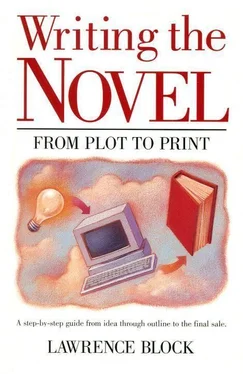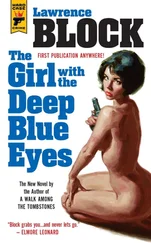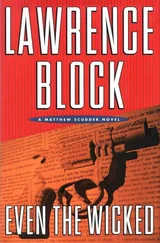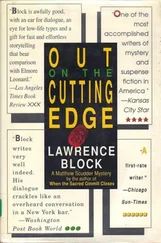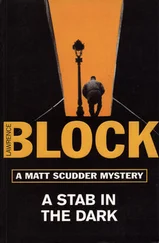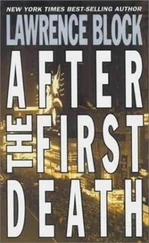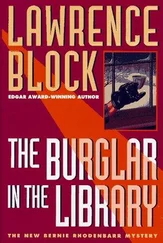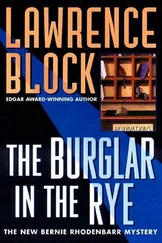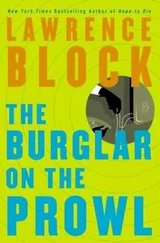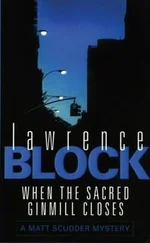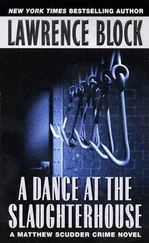If you’re running short, you have several choices. You can reexamine your plot and see if there’s a way to add scenes and complications to it that will give the book more bulk. You can decide that the problem is not in the plot but in the writing, and can accordingly write your scenes so that they run longer, furnishing rather more in the way of dialogue and description. Finally, you can just press on to the end in the manner that seems most comfortable, figuring you’ll add substance one way or another in your second draft.
Your choices are essentially the same if you find your book running long, but here you’d probably be best advised to pick the last option and let the first draft run its course at whatever wordage seems natural. A great many writers do this as a matter of course and produce their best work in this fashion.
Robert Ludlum, for example, almost invariably trims his first draft by a third when he rewrites it. Sidney Sheldon has said that he puts everything he can think of into his first draft, giving his imagination free rein; he commonly cuts more than half of what he has written.
I’m not happy working this way. As I’ve said, I do my best work when I’m operating under the assumption that what I’m writing is going to be set in type as soon as I’ve got the last page written. (One writer, Noel Loomis, was a skilled linotypist, and could compose faster on that machine than on a typewriter; he wrote his westerns on a linotype, pulled galley proofs from the chases of set type, and submitted galleys to his publishers. I’d do that myself if I could.)
I can see, though, a great advantage in writing long and cutting afterward. If you work that way, your first draft contains all the possibilities your creative imagination hands you. Then, when you rewrite, you’re able to skim the cream.
There’s another advantage in writing long. If your book simply works best at a greater length than you had in mind for it, it may have greater commercial value than you planned.
There’s a paradox here that requires a word of explanation. On the one hand, the average thriller runs somewhere around sixty or seventy thousand words, and a book that runs substantially longer than that is going to present problems to a publisher of category fiction.
On the other hand, those occasional thrillers that turn up on the best seller list are generally a hundred to a hundred fifty thousand words long. The same length that would preclude their sale as paperback originals serves to swing them right up onto the hardcover sales counter.
The conventional explanation holds that longer books have more to them, that they have greater depth and stronger story values, that they are more to be taken seriously on account of their length. Because of these factors, such books are said to transcend their categories and appeal to readers who do not ordinarily read that type of novel.
Very often this is demonstrably true. Brian Garfield’s Hard Times is an epic novel of the Old West, with only its setting to link it with standard westerns. Any best seller list will yield similar examples.
Even so, other books turn up on the lists with nothing remarkable about them but their bulk. I read one recently, a detective novel by a writer who has produced some best-selling thrillers over the years. Unlike his other books, this had nothing special going for it; it was a standard straight-line detective plot told from a single point of view and overblown to a hundred fifty thousand words. It was a poorer book for its length, but a better seller because of it.
What it comes down to, I’m afraid, is that readers of best sellers — which is to say the majority of readers in this country — prefer long books. This is their right, certainly, and it is only sensible for the writer who wants to sell to this best seller audience to provide them with what they’re looking for.
It almost seems to be true that there’s no such thing as a book that’s too long to be commercially viable. For years publishers resisted overlong first novels, saying that higher production costs made such books even more unprofitable than trimmer first novels. Nowadays the trend is in the other direction. If a first novel is sufficiently substantial — and of course if it satisfies other commercial considerations as well — then it can be promoted and ballyhooed and even sold.
James Clavell’s novel Shogun had a long run as a best seller a couple of years back. While it was an engrossing reading experience for me all the way through, I could not avoid applying to it Dr. Johnson’s observation regarding Paradise Lost — i.e., no one ever wished it were longer. For all its 1,400 pages, and for all that more readers started it than finished it, the book was a literary and commercial success. Not too many years ago a publisher might have hesitated to bring out quite so long a novel, especially one set in medieval Japan. Clavell’s track record helped, certainly, but equally helpful I suspect was the growing recognition that great length helps more books than it hinders.
Does this mean you should aim from the beginning at long books?
No, not necessarily. It may mean that you shouldn’t try to hit the best seller list with a short book, any more than you should try to peddle a quarter of a million words as a paperback.
But your first object, remember, is to write your own kind of book. You’ll learn, from your own reading and as you begin writing, what sort of book suits you best. I’ve come to see that I myself am most comfortable writing relatively lean, spare volumes. This no doubt limits my potential from a commercial standpoint, but I’d be limiting myself rather more severely were I to force myself to write books that suited me less for purely commercial motives.
That said, it’s worth noting that a great many writers find themselves producing longer books as time goes by. This does not mean that they are attempting to respond to the dictates of the marketplace. While that may be a factor, it’s at least as likely that this extension of their range has simply come about naturally. An intimidating length becomes less intimidating after one has written a batch of short novels.
I could go on. But this chapter, like Abraham Lincoln’s legs, is plenty long enough as it is.
And that’s the long and short of it.
Chapter 13
Rewriting
All at once or as you go along? Structural revision. Stylistic polishing. How rewriting sharpens prose
I rewrite constantly. For every page that gets printed there must be five that go into the wastebasket. One of the hardest aspects of writing is accepting this squandering of labor, but it is essential. I doubt if there is one page in a thousand, throughout the whole of literature, that wouldn’t have been improved by the author’s redoing it.
— Russell H. Greenan
Professional writers vary considerably in their approach to rewriting. Some would endorse the observation quoted above while others would dismiss it as nonsense. Some regard rewriting as the genuinely enjoyable side of their occupation, the stage in which one sees the book taking its final form. Others hate rewriting but do it anyway. Some do one complete draft after another until the book satisfies them. Others polish each page before moving on to the next one. Some write five or more drafts of a book before they feel they’ve got it right. Others submit their first drafts.
I don’t believe there’s any right or wrong way to approach rewriting, not with so many pros having so much success with so many widely divergent methods. As with so many aspects of writing, each writer must determine what works best in his own particular case — what method produces the best work and makes him most comfortable.
Читать дальше
